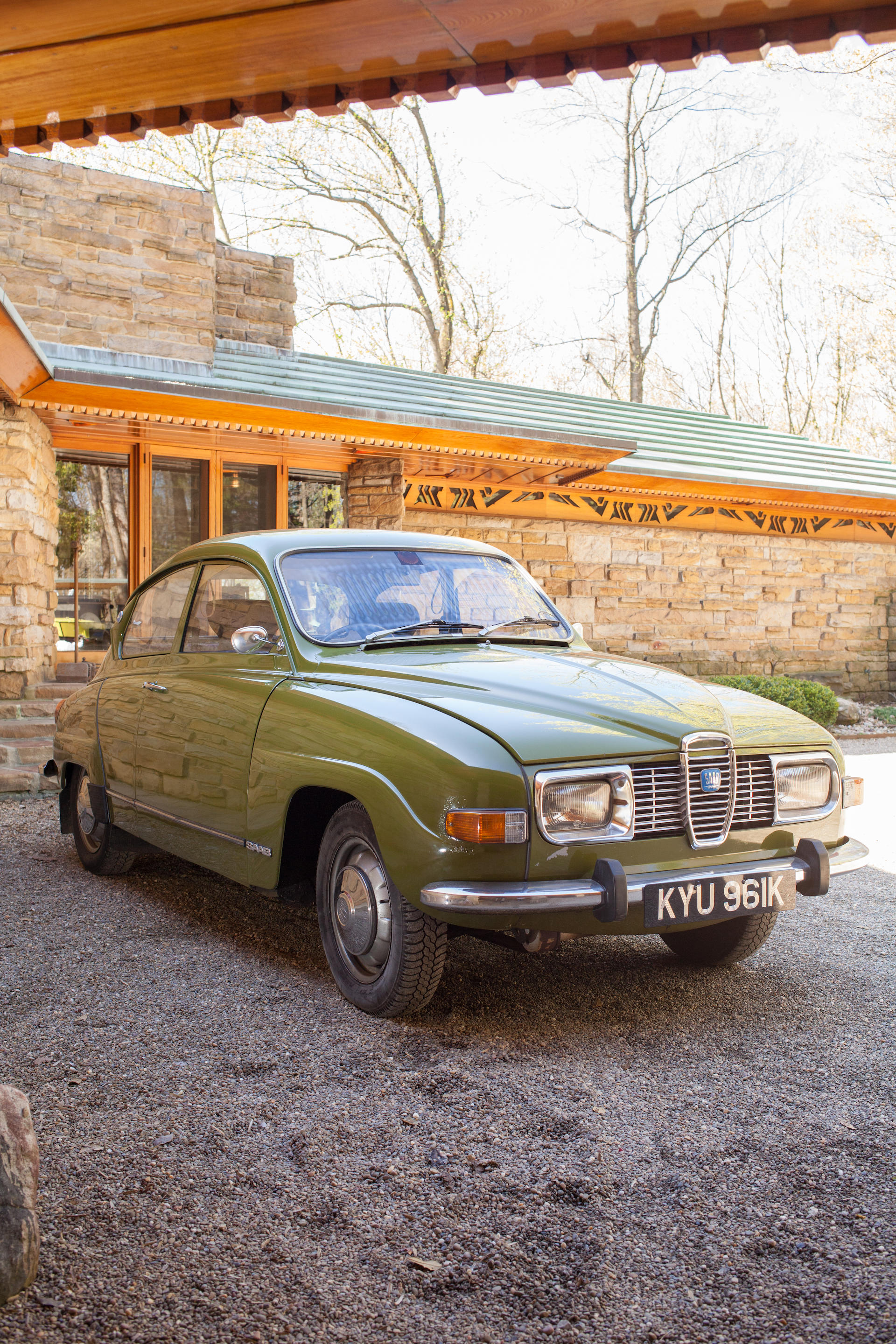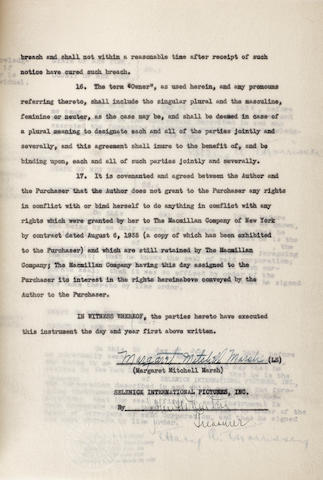Up to that time [in early 1941] the people of Northern Ireland had only known about air raids from the newsreels in the cinema, or from newspapers and the radio. When the first flares or Verey lights dropped on Belfast on the night of Easter Tuesday 1941, people stood around in amazement (and amusement) at the brightness of these strange lights. It was almost like watching a fireworks display. One man remembers being in a group of fellow university students reading the Belfast telegraph in this new light. But study of the newspaper was short-lived when there came a piercing whistle followed by a great explosion. They quickly realised that the brilliant Verey light was the harbinger of a bomb. Before they reached the air-raid shelter more bombs rained down ... ’ ‘On the morning after the Easter Tuesday blitz, it became clear that the city’s normal morgues were totally inadequate for the numbers of dead, which were increasing by the hour ... The Corporation officials saw that there was nothing for it but to use the public baths on the Falls Road and at St. Peter’s Hill. It was thought that there was sufficient space around the sides of the baths for all the coffins, but as more and more bodies arrived, it became obvious that the baths would have to be drained and used. Eventually the procession of coffins began to thin out but they were followed by stretchers containing arms, legs and bits of mangled bodies. Some bodies were wrapped in bed-clothes or curtains; in fact, in anything which gave them an appearance of decency.’ Blitz over Britain, by Edwin Webb and John Duncan refers. A fine Belfast Blitz B.E.M. group of four awarded to Rifleman J. Watters, the Cameronians (Scottish Rifles), afterwards Royal Navy, a deserter whose gallant deeds in Belfast on the night of 15-16 April 1941 originally prompted the R.U.C’s Commissioner to recommend a G.C. or G.M.: such was the ferocity of the Luftwaffe’s first major attack on the city that De Valera, the Taoiseach, sent 13 fire engines from neutral Eire to assist in the rescue operations British Empire Medal, (Military) G.VI.R., 1st issue (3247264 Rifleman John Watters); 1939-45 Star; Defence and War Medals 1939-45, together with Admiralty forwarding slip for the campaign awards and base of card forwarding box, good very fine or better (4) £700-900 Footnote B.E.M. London Gazette 17 February 1942: ‘In recognition of gallant conduct in carrying out hazardous work in a very brave manner.’ The original joint recommendation states: ‘During a heavy air raid, a group of houses was destroyed. A Police Sergeant, with four soldiers, volunteers, searched the wreckage, and found a man and woman trapped under a pile of debris. Both were half stunned. They were released and brought to safety. Further search showed part of the house lying on top of a great pile of wreckage at the edge of a bomb crater. As the men believed there were people trapped, they scraped away bricks and mud from what was the gable end of the house. They made a hole 3 feet in diameter. Soon they came across a woman’s hand, her body wedged in a mass of debris. She said in a faint voice “My baby”. When they cleared as far as her waist they found she was in a standing position. About two feet from her left side was a baby. It was carefully brought out, later, with great difficulty. The mother was herself rescued, badly hurt. Still later, and deeper, they found another living woman. Before they could free her, a land mine exploded in the neighbourhood, and shook debris and planks over their bodies, partly closing the tunnel they had made. They cleared it inch by inch, and brought the woman through to safety.’ The most comprehensive account of the events that lead to Watters’ B.E.M. for gallantry during the Belfast blitz of 15-16 April 1941 is that contained in the report dated 21 April 1941 by Sergeant Denis Cremin, Royal Ulster Constabulary. Having noted how 49-63 Eastland Street had been totally destroyed by a massive high explos
Up to that time [in early 1941] the people of Northern Ireland had only known about air raids from the newsreels in the cinema, or from newspapers and the radio. When the first flares or Verey lights dropped on Belfast on the night of Easter Tuesday 1941, people stood around in amazement (and amusement) at the brightness of these strange lights. It was almost like watching a fireworks display. One man remembers being in a group of fellow university students reading the Belfast telegraph in this new light. But study of the newspaper was short-lived when there came a piercing whistle followed by a great explosion. They quickly realised that the brilliant Verey light was the harbinger of a bomb. Before they reached the air-raid shelter more bombs rained down ... ’ ‘On the morning after the Easter Tuesday blitz, it became clear that the city’s normal morgues were totally inadequate for the numbers of dead, which were increasing by the hour ... The Corporation officials saw that there was nothing for it but to use the public baths on the Falls Road and at St. Peter’s Hill. It was thought that there was sufficient space around the sides of the baths for all the coffins, but as more and more bodies arrived, it became obvious that the baths would have to be drained and used. Eventually the procession of coffins began to thin out but they were followed by stretchers containing arms, legs and bits of mangled bodies. Some bodies were wrapped in bed-clothes or curtains; in fact, in anything which gave them an appearance of decency.’ Blitz over Britain, by Edwin Webb and John Duncan refers. A fine Belfast Blitz B.E.M. group of four awarded to Rifleman J. Watters, the Cameronians (Scottish Rifles), afterwards Royal Navy, a deserter whose gallant deeds in Belfast on the night of 15-16 April 1941 originally prompted the R.U.C’s Commissioner to recommend a G.C. or G.M.: such was the ferocity of the Luftwaffe’s first major attack on the city that De Valera, the Taoiseach, sent 13 fire engines from neutral Eire to assist in the rescue operations British Empire Medal, (Military) G.VI.R., 1st issue (3247264 Rifleman John Watters); 1939-45 Star; Defence and War Medals 1939-45, together with Admiralty forwarding slip for the campaign awards and base of card forwarding box, good very fine or better (4) £700-900 Footnote B.E.M. London Gazette 17 February 1942: ‘In recognition of gallant conduct in carrying out hazardous work in a very brave manner.’ The original joint recommendation states: ‘During a heavy air raid, a group of houses was destroyed. A Police Sergeant, with four soldiers, volunteers, searched the wreckage, and found a man and woman trapped under a pile of debris. Both were half stunned. They were released and brought to safety. Further search showed part of the house lying on top of a great pile of wreckage at the edge of a bomb crater. As the men believed there were people trapped, they scraped away bricks and mud from what was the gable end of the house. They made a hole 3 feet in diameter. Soon they came across a woman’s hand, her body wedged in a mass of debris. She said in a faint voice “My baby”. When they cleared as far as her waist they found she was in a standing position. About two feet from her left side was a baby. It was carefully brought out, later, with great difficulty. The mother was herself rescued, badly hurt. Still later, and deeper, they found another living woman. Before they could free her, a land mine exploded in the neighbourhood, and shook debris and planks over their bodies, partly closing the tunnel they had made. They cleared it inch by inch, and brought the woman through to safety.’ The most comprehensive account of the events that lead to Watters’ B.E.M. for gallantry during the Belfast blitz of 15-16 April 1941 is that contained in the report dated 21 April 1941 by Sergeant Denis Cremin, Royal Ulster Constabulary. Having noted how 49-63 Eastland Street had been totally destroyed by a massive high explos











.jpg?w=400)



Testen Sie LotSearch und seine Premium-Features 7 Tage - ohne Kosten!
Lassen Sie sich automatisch über neue Objekte in kommenden Auktionen benachrichtigen.
Suchauftrag anlegen